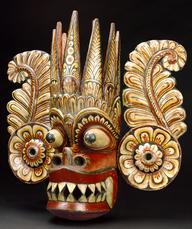





Blood-letting needle, based on the ancient Hoshin needle and commonly known as Shirakushin, used for drawing blood and wet-cupping, manufactured in Japan, 1980-1985, from the surgery of a British practitioner c.1996.
‘Shirakushin’ is the common name for this type of blood-letting needle. Shirakushin involves scratching, tapping or micro-bleeding to enhance a smooth flow of the body’s blood and energy. In Traditional Chinese Medicine (TCM), acupuncture needles are applied to certain points on the skin. This unblocks the flow through the body of a life force known as qi (chi). TCM practitioners believe qi is essential to wellbeing.
Details
- Category:
- Asian Medicine
- Object Number:
- 2002-436
- Materials:
- metal
- Measurements:
-
overall: 80 mm 10 mm, .018 kg
- type:
- blood letting needle
- credit:
- Kelley, R.




